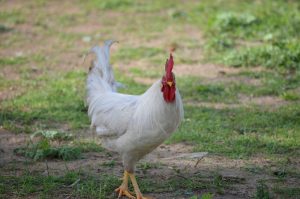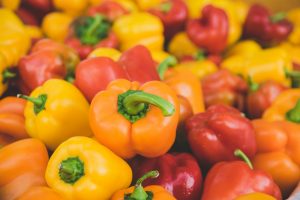Space Food Production: Growing Crops in Zero Gravity
Humans have long dreamed of exploring and colonizing outer space, but one major challenge has always stood in the way: how do we sustain ourselves in a zero-gravity environment? Without the Earth’s atmosphere and gravity to support life, traditional methods of food production like farming and gardening are simply not feasible. However, thanks to advancements in technology and research, scientists and astronauts have now successfully grown crops in zero gravity, paving the way for long-term space missions and potentially even human settlements on other planets. In this article, we will explore the fascinating world of space food production and the innovative techniques being used to grow crops in zero gravity.
The Challenges of Growing Crops in Zero Gravity
Growing plants in zero gravity may seem like a simple task at first glance, but it poses a number of unique challenges that must be addressed. One of the biggest obstacles is the absence of gravity, which on Earth helps to distribute water and minerals throughout plants. In space, plants grow in a direction that is determined by light and air flow, leading to distorted growth patterns and reduced crop yield. Additionally, the lack of natural light in the vacuum of space means that alternative light sources must be used to support plant growth. And finally, the confined and isolated environment of a spacecraft or space station can also have an impact on plant growth and health.
Hydroponics: A Zero-Gravity Solution
One method of growing crops in zero gravity that has shown great success is hydroponics, a technique in which plants are grown without soil and instead rely on a nutrient-rich water solution. This method has been used by astronauts on the International Space Station (ISS) to successfully grow a variety of crops, including lettuce, cucumbers, and zinnia flowers. Hydroponics eliminates the need for gravity to distribute water and nutrients, and also allows for precise control of these elements, resulting in healthier and more productive plants.
In addition to using hydroponics, NASA has also developed a technique known as aeroponics, which involves growing plants in a mist of nutrient solution instead of submerged in water. This method has the advantage of using water and nutrients more efficiently, making it a viable option for long-term space missions where resources are limited.
Lighting Solutions for Zero Gravity
As mentioned earlier, the lack of natural light in space means that alternative light sources must be used to support plant growth. The ISS uses a combination of LEDs and fluorescent lights to provide plants with the necessary light and energy for photosynthesis. However, researchers are also exploring the use of lasers and high-efficiency lighting technologies to further improve plant growth and reduce energy consumption. These advancements could be crucial for future space missions that require long-term and sustainable food production methods.
The Benefits of Space Food Production
Aside from being a potential solution for sustaining life in outer space, there are also many other benefits to space food production. One of the main advantages is that it can provide fresh and nutritious food for astronauts on long missions, reducing their reliance on prepackaged and processed foods. It can also help to reduce the weight and cost of food supplies that must be transported from Earth, making it more feasible for longer and more ambitious missions. And finally, research in this field can also have applications on Earth, such as developing more efficient and sustainable farming methods for harsh environments.
The Future of Space Food Production
As technology continues to advance and space exploration becomes more prevalent, the possibilities for growing crops in zero gravity are endless. Scientists are constantly researching and testing new techniques, such as bioengineering plants to thrive in space conditions and creating artificial environments that simulate Earth’s gravity and atmosphere. And with NASA planning to send humans back to the moon by 2024 and potentially even to Mars in the future, space food production will undoubtedly play a crucial role in these missions.
In conclusion, the ability to grow crops in zero gravity is not only a necessity for future long-term space missions, but also a testament to the ingenuity and determination of humans. Through innovative techniques like hydroponics and advancements in lighting and technology, we have proven that it is possible to produce food in the most challenging of environments. As we continue to push the boundaries of space exploration, the development of sustainable and efficient food production methods will be crucial for our success and survival.






